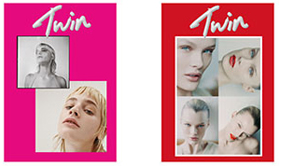
21.03.2018 | Art | BY: admin
Alexandra Kokoli and Basia Sliwinska guest curate the new exhibition Home Strike. In the new show the pair bring together the work of four women artists — CANAN, Paula Chambers, Malgorzata Markiewicz, Su Richardson — to explore domesticity through an activist lens. The artists probe and refute the idea that domesticity and femininity are intertwined.
Each artist radically reimagines the domestic space as a battleground. It is territory to be taken and looked at afresh. Paula Chambers repurposes everyday kitchen furniture into a fort or barricade, rejecting the wholesome connotations of stools and ironing boards, laying bare the repression and violence which they can also represent.
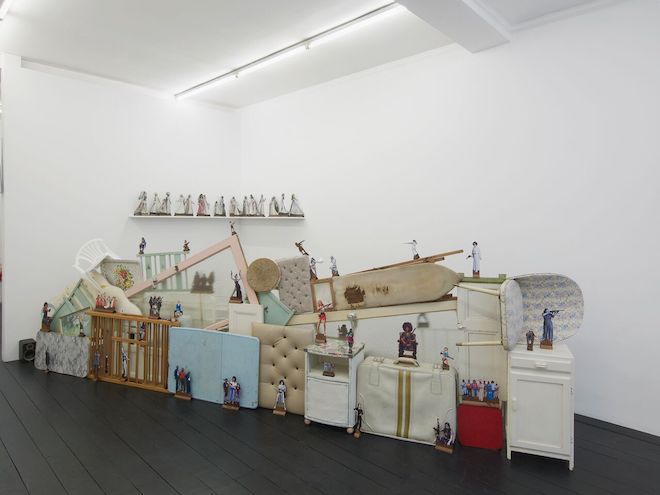
Installation view, Paula Chambers. Photo: Andy Keate, courtesy L’etrangere
Małgorzata Markiewicz work addresses the family home. She interrogates the idea of women within the domestic sphere, examining motherhood and the idea of entertaining in the home.
Su Richardson contemplates themes of domesticity and motherhood through knitted and crocheted pieces of family scenes. In pieces such as Burnt Breakfast the idea of tarnished or ruined food is contrasted with intricate, delicate technique. Richardson also presents a new series of work made especially for the Home Strike exhibition. Here, knitted breasts are both sexualised and reduced to emblems of motherhood.
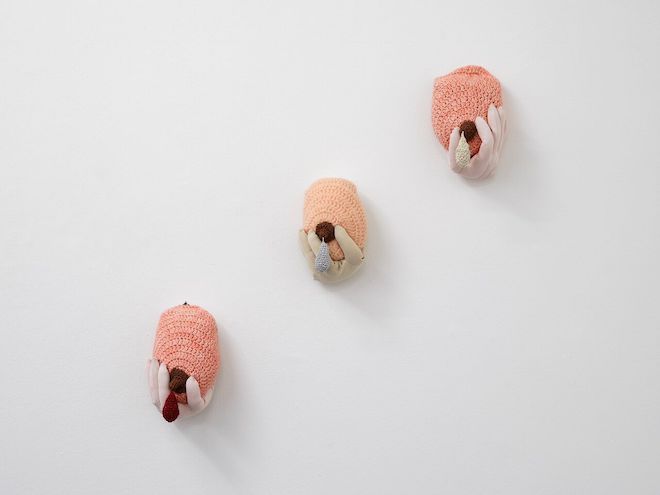
Installation view, Su Richardson. Photo: Andy Keate, courtesy L’etrangere
In her video Fountain (2000), Istanbul-based artist and activist CANAN records the sounds of her lactating breasts. The film challenges audiences to radically reevaluate the way in which a women’s body is perceived. To forgo sexualised connotations that have been promoted in art and the wider cultural and political sphere, and to value their functionality and normality.
In all then, Home Strike offers a powerful and invigorating call to action: to engage with, and to challenge, existing notions of domesticity and femininity.
Home Strike is at L’étrangere in London until April 21st 2018.
Featured image: CANAN, Çeşme / Fountain (video still), 2000 © CANAN, courtesy the artist
Tags: Feminism, Feminist art, feminist exhibition london
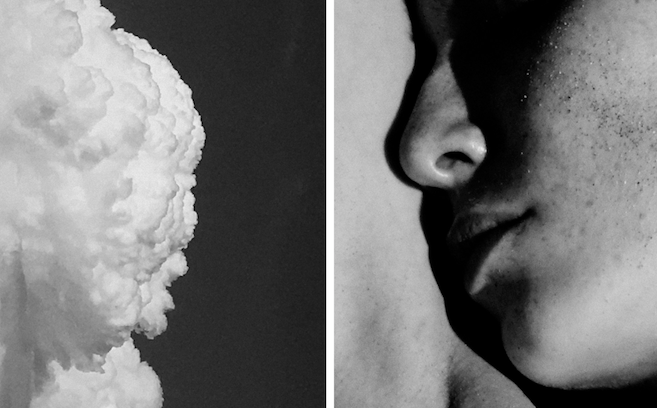
25.10.2017 | Blog | BY: admin
Rhythmic and undulating, Mel Bles’ Islands series of photographs captures the soulful connection between the body and nature. This new exhibition sees the fruition of what began as a mediation on the image as a two-dimensional object, evolving into a powerful sequence of bodies and landscapes connected by rich, inky lines.
Throughout the photographs, Bles captures the softness and intimacy of the female form; bodies are juxtaposed and composed against landscapes, holding the two in perfect tension without falling into traditional sexual or romantic tropes.
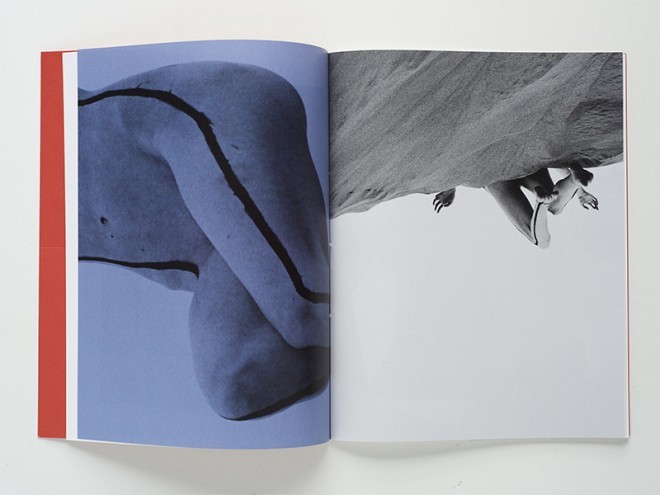
Mel Bles, Islands
The process of making the images themselves are also a study in texture. Some photographs are presented in the ‘purest form’, while others are offered in stages of alteration – revisited, reprinted, rephotographed on an iPhone, taken to a scanner, or upturned. The result is to offer miniature landscapes in and of themselves, which lure the viewer in individually as well as forming a powerful series in all.
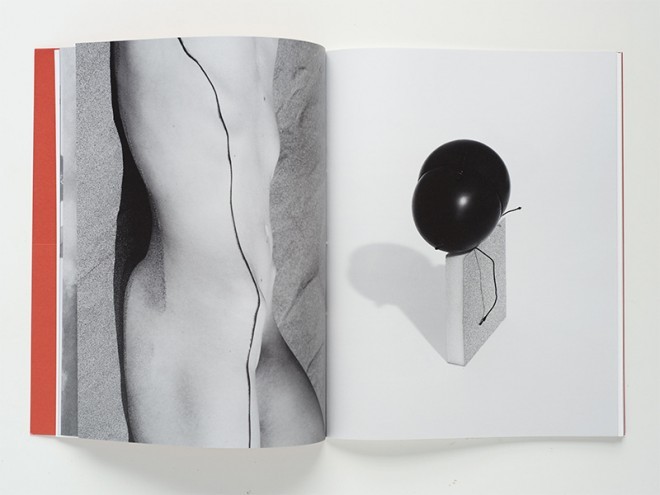
Mel Bles, Islands
Mel Bles, Islands is on at the Webber Gallery, London: 20 October – 25 November 2017
Tags: Feminism, Feminist art, Islands, Mel Bles, photography
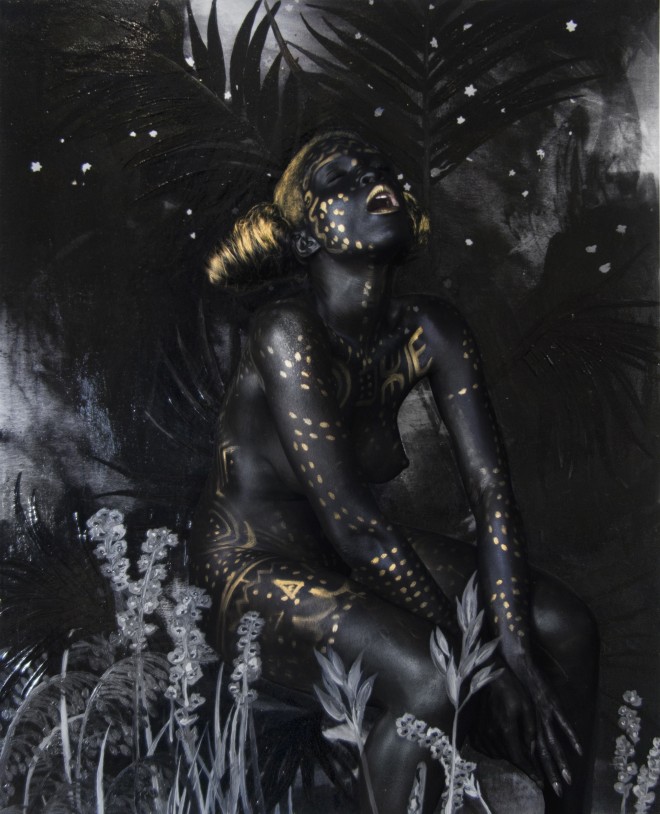
08.09.2017 | Art , Blog , Culture | BY: Sarah Roberts
From the 12th September to the 20th October, Amar Gallery in London will host Lina Iris Viktor’s first solo exhibition in the UK. Of British and Liberian heritage, Viktor explores narratives surrounding race and the African diaspora in her work.
Black Exodus brings together both new and existing abstract works, which have been made using Viktor’s trademark black and gold colour palette. This exhibition marks the first ‘Act’ in an evolving series for the artist, which reimagines artistic and socio-political definitions of blackness. Twin spoke to Viktor about the implications of her two-tone colour palate, and the exhibition’s roots in a mythologised dystopia where the black race no longer exists.
Black Exodus is based on a mythologised dystopia, where the black race has been extinguished. How do these works respond to that theoretical future?
These works are not literal interpretations of this theoretical concept, but rather investigatory visualisations that are very abstracted; the entire idea is completely abstract, though it may bare historical significance and relevance. My work has always been driven by concept. Whether or not I have chosen to clearly express the driving force, the conceptual narrative is central to the development of a body of work. On this occasion, I believed the concept was imperative to share when reading the work. However, these concepts are and never should be constricting.
All of my work is essentially a continual experiment – with concept, colour, and material stripping away all that is nonessential. The idea of a dystopic world where the black race no longer exists was conceived to illustrate how integral and essential the black race has and will always be to the development of humanity. It is more of an idea to keep in mind while viewing the work rather than a signifier that is sought through the work. The black in the work and the surrounding space is allegorical – as are all the hues, resonances, and finishes of black that are incorporated. Black is source: without it we all would cease to exist (as would light), so even theoretically it is an impossibility. But it is an interesting future to contemplate – especially with all that continues to be done to stymie the progress of those that belong to the African diaspora globally. It is our daily reality. I simply pose the question of a future without the black race, for the viewers’ contemplation rather than mine. I hope the works can further elaborate that question.
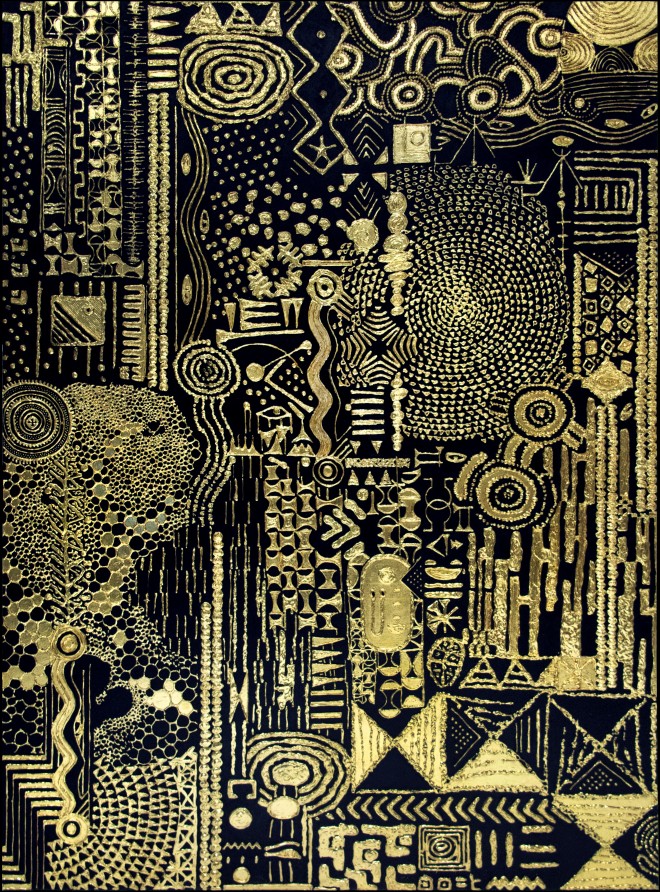
Lina Iris Viktor, Constellations III, Pure 24 Karat Gold, Acrylic, Gouache, Print on Matte Canvas 2016, Unique, courtesy the artist and Amar Gallery, London
Your colour palette for Black Exodus exclusively uses black and gold. What are the associations of those colours for you?
These are mainstays in my artist palette, which has always been very specific and focused. The departure into an entire body of works within this even more restricted palette was about stripping away all of the nonessential, and also seeing how far I could stretch and push these contrasting extremes into a series of unified works within a unified space. In my practice, black is a value – one polar extreme of the colour spectrum; it represents the full absorption of light within the colour spectrum and it contains all colours. Therefore it is completely saturated and colour-full. Gold is the closest to a godly metal one can find. Revered since its discovery, previous civilizations have likened it to the sun – a bearer of light – the immortal metal that will never tarnish, fade, or rust. Both black and gold hold light in very different frequencies and resonances; gold shines in the dark and requires very low-lit conditions to illuminate. In this exhibition, the gold imbued in light depicts the interconnectedness and interdependency of light to dark and vice versa. Both are required to appreciate the other.
This exhibition marks the first Act in an evolving series for you. How do you see the series developing?
I am already planning Act II for next year, and it will take the form of next solo show in New York. I grew up acting and in theatre, and I view each solo exhibition as a continuum, an intervention or revolt that is staged to counter what we have all been taught. This Act is called ‘Materia Prima’, meaning ‘first matter’, so it deals with the concepts expressed on a universal and primitive level through abstraction and limited palette. It addresses the relationship of light to dark, absence and presence et al. The next act will be an evolution from that, and it will be more topical and less abstracted. Essentially it will be the next chapter in my exodus story.
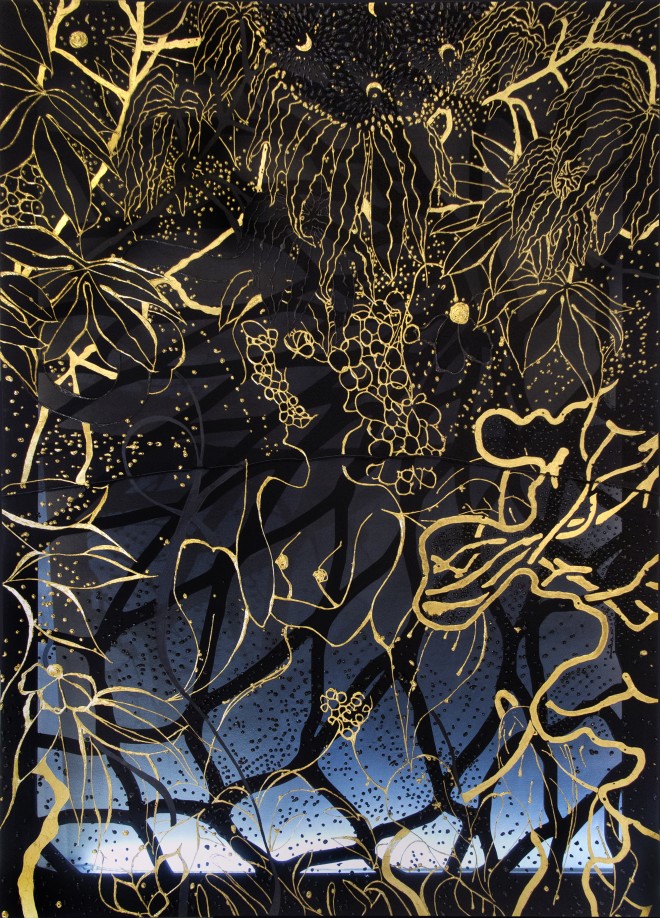
Lina Iris Viktor, Black Union Pure 24 Karat Gold, Acrylic, Charcoal, Poly Resin, Wood on Fabric 2017. Unique, courtesy the artist and Amar Gallery, London
How does this body of work depart from your previous collections?
I feel like all of my work is just a continued conversation that builds on the previous – each one poses more questions, and pushes me further technically and conceptually. But really, every artist only has a few good ideas that they delve deeper and deeper into over time. No matter how varied the work may appear, I have found that the core thesis is usually very consistent; they are essentially the questions you have been asking since you were born that you have yet to resolve.
This work is more complete as it is a suite of paintings, and it utilizes different creative processes to produce each – many processes that were experimental and will most likely be refined over time. I have become more open to the experimental aspect of work production – creating with less of a determined outcome.
Can you tell me a little bit about your artistic process?
A great deal of thinking and planning before execution. The execution happens quickly, but the preparation can take an age.
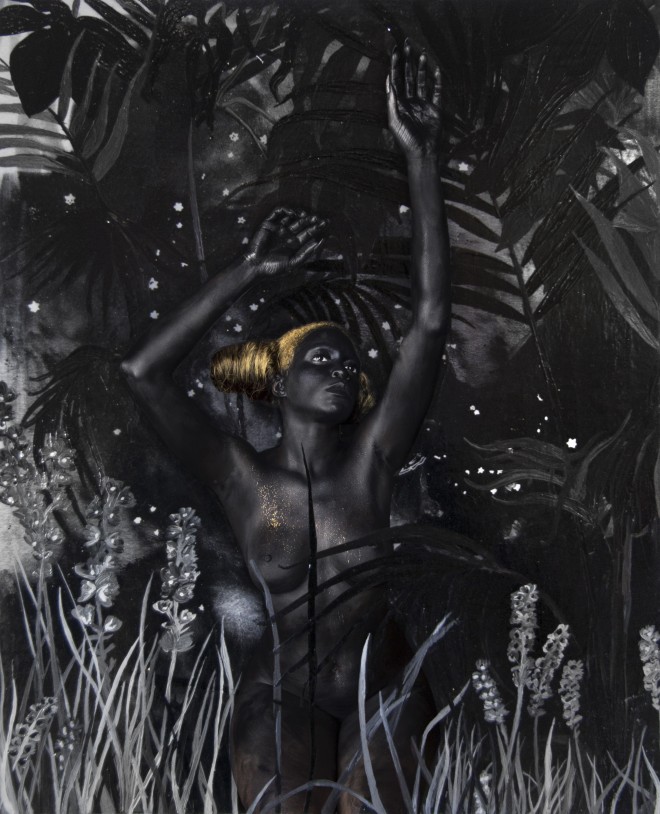
Lina Iris Viktor, Dark Continent No. XX _ A prophecy. And the scramble began . . . Acrylic, Ink, Print on Cotton Rag Paper _ 1 of 3 _ 2017, courtesy the artist and Amar Gallery, London
How does your work unite materials and methods from both contemporary and ancient art forms?
I gild with 24-karat gold, which is an ancient practice that I have modernized for my usage. I gild on a variety of substrates and materials that are not conventional within traditional gilding practices.
What do you hope people will take away from this exhibition?
I hope that it is somewhat of a visual assault, a slight overload for the senses in simple complexity. The works are very dense and the space is also limited, adding to the visual barrage. I want people to enjoy it on an aesthetic level, as well as really contemplate this theoretical concept when viewing the work. I just want them to hold that idea in their head and think about the implications. I believe anyone open enough to view my work will also be open enough to ponder this fictional dystopia. The space will be built to be one of contemplation – a black & gold chapel of sorts.
Lina Iris Viktor’s first solo UK show, Black Exodus: Act I, will be on display at the Amar Gallery in London from September 12 to October 20 amargallery.com
Tags: Feminism, Feminist art, Lina Viktor
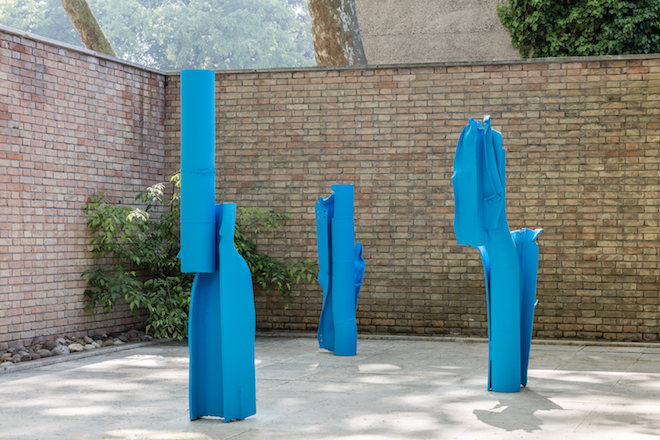
12.05.2017 | Art , Blog | BY: Francesca Gavin
Bored of yet another long list of old white male artists? Fear not. There are many women on show at the Venice Biennale this year making thoughtful, complex and deeply considered work. These are ten of most exciting names at Venice Biennale 2017.
Tracey Moffatt
Australia’s acclaimed filmmaker and photographer Tracey Moffatt will be showing a new body of work entitled My Horizon. Expect a discussion of global issues around what is legal and illegal, fictive and real, lost and remembered.
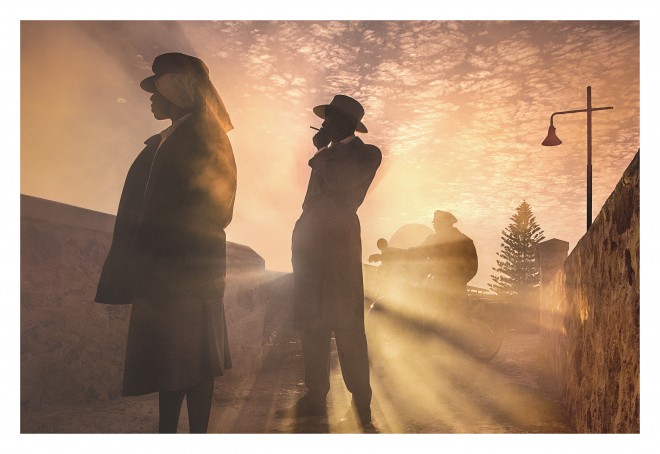
Hell (Passage Series) Tracey Moffatt Venice Biennale 2017
Kirstine Roepstorff
Scandinavia always has to share a pavilion at Venice, but a stand out should be the wild and weird collage based works of Kirstine Roepstorff. It’s hard not to enjoy the way the Danish artist transform our image and information saturated existence into inventive collage and montage work.
Carol Bove
Carol Bove, alongside duo Teresa Hubbard/Alexander Birchler, has created a pavilion which examines why Alberto Giacometti, despite being asked numerous times, refused to show in the Swiss pavilion Venice. The American artist’s sculptures and assemblages should make a great starting point for this instructional critique.
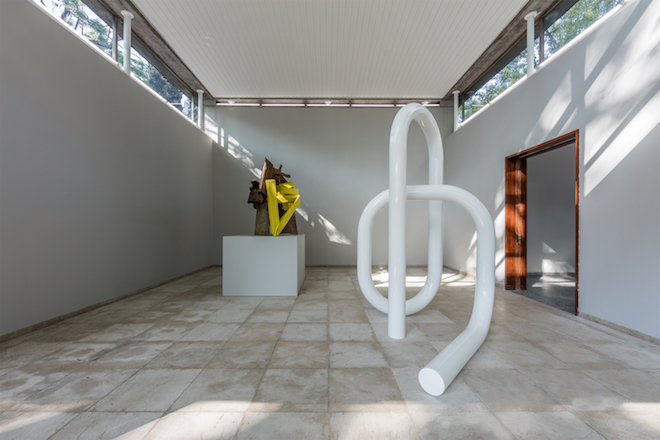
Carol Bove at Venice Biennale 2017
Geta Brătescu
This brilliant, entirely individual older artist is exhibiting her work for Romania (Londoners should go to Camden Arts Centre to see some incredible work by her from the 1970s). She can do anything from performance to abstract painting, embroidery to sculpture Proof that artist work truly gets better with age.
Phyllida Barlow
Finally another woman is getting a chance to take over the British pavilion! No one could fill it better than Barlow, with her painted, chaotic, building sized installations and sculptures. Barlow, who taught artists like Rachel Whiteread at the Slade, really hit it big after she ‘retired’. About time too.
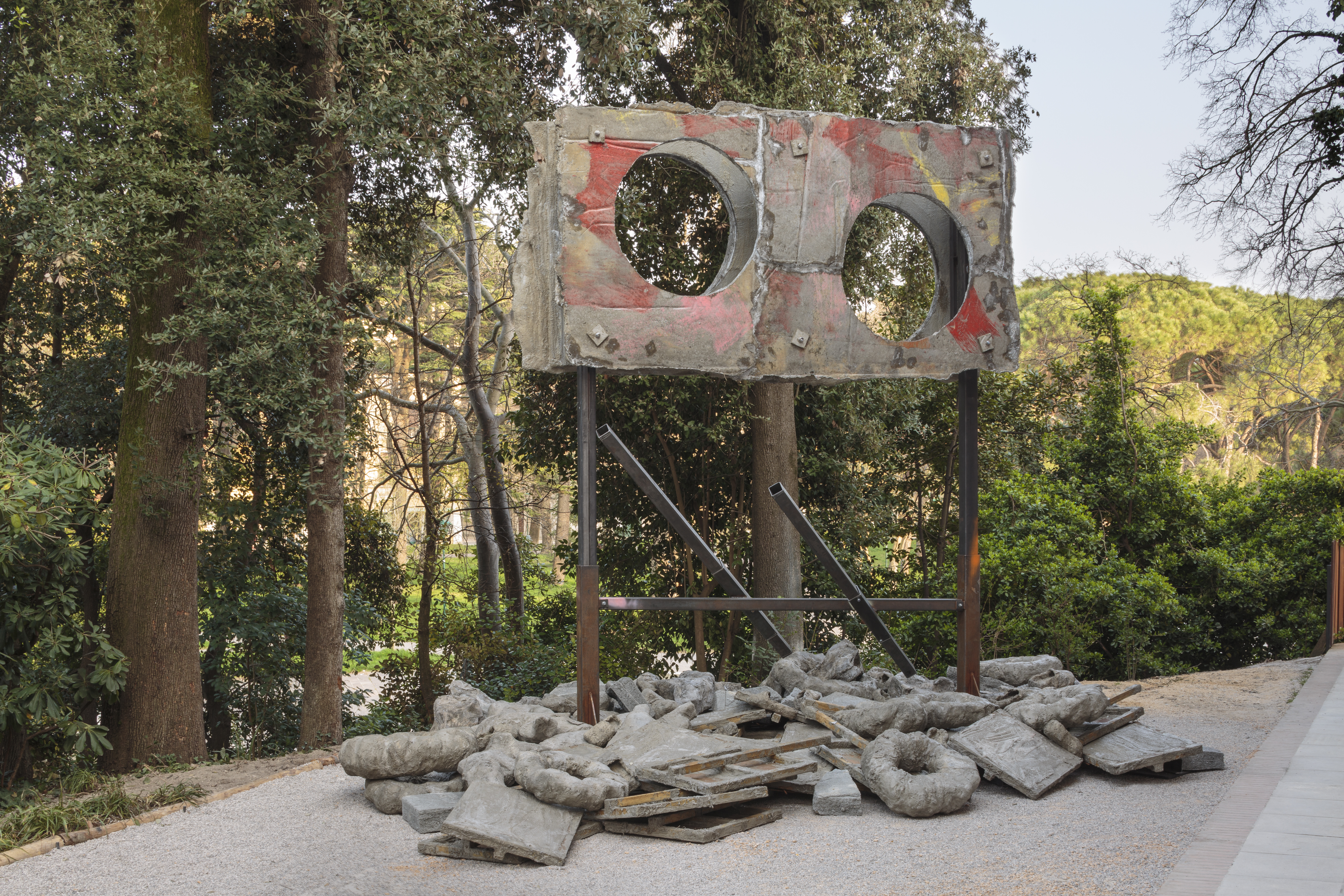
Installation view, folly, Phyllida Barlow, British Pavilion, Venice, 2017. Photo: Ruth Clark © British Council. Courtesy the artist and Hauser & Wirth
Candice Breitz
Breitz’s film installations just keep getting bigger and better. Following a killer show at KOW in Berlin starring Alec Baldwin, and a huge project at KW Berlin with Tilda Swinton last year, Breitz is taking on the South Africa pavilion with what is sure to be brilliant work on representation and identity.

Candice Breitz, Love Story, 2016. Featuring Alec Baldwin and Julianne Moore
Martine Syms
LA artist Syms just keeps making good work. On the eve her of first solo show and feature length film at MoMA in NYC, she is also one of the finalists for the Future Generation Prize for work that takes on the structures of media and representation of Blackness.
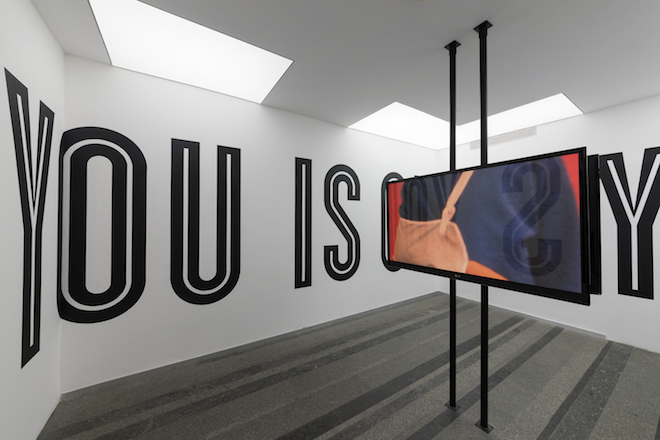
artine Syms (United States) Lessons I-LXXV, 2014-2017 Series of 0’ 30’’ videos. Courtesy of the artist and Bridget Donahue Gallery
Lisa Reihana
New Zealand representative Lisa Reihana’s paintings feel as if the could have been made in the 18th century as much as today. The main focus of her work is a wallpaper installation based on Captain Cook’s voyages using digital audio visual animation to explore the European fetishisation of the Pacific.
![Lisa Reihana, in Pursuit of Venus [infected] 2015, HD video (detail), Auckland Art Gallery Toi o Tāmaki, gift of the Patrons of Auckland Art Gallery.](https://www.twinfactory.co.uk/wp-content/uploads/2017/05/In_Pursuit_of_Venus_3.jpg)
Lisa Reihana, in Pursuit of Venus [infected] 2015, HD video (detail), Auckland Art Gallery Toi o Tāmaki, gift of the Patrons of Auckland Art Gallery.
Barbara Walker is one of 40 artists in this brilliant exhibition of emerging artist, curator and mentors being launched by Nicolas Serota, the Diaspora pavilion. Based in Birmingham, her drawings and paintings look at class, power and cultural difference.
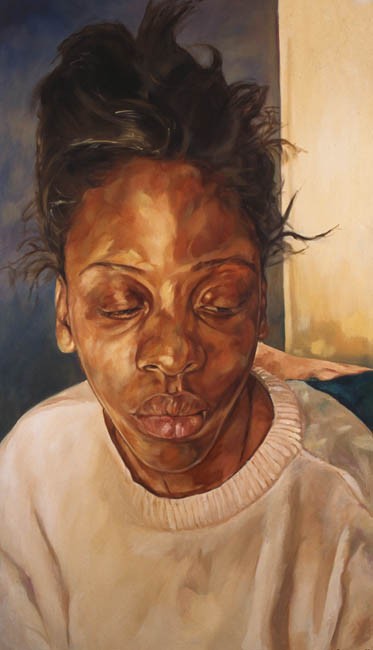
Barbara Walker, ‘Private Face ‘, exhibited at Midland Arts Centre, Birmingham, May – July 2002.
Dawn Kasper
Dawn Kasper is one of the women the central (female) curators the biennale has included in the main exhibition. A performance artist based in NYC, she studied under Chris Burden and Catherine Opie in LA, and make installation based projects about fear and panic – timely for our current emotional fall out then…
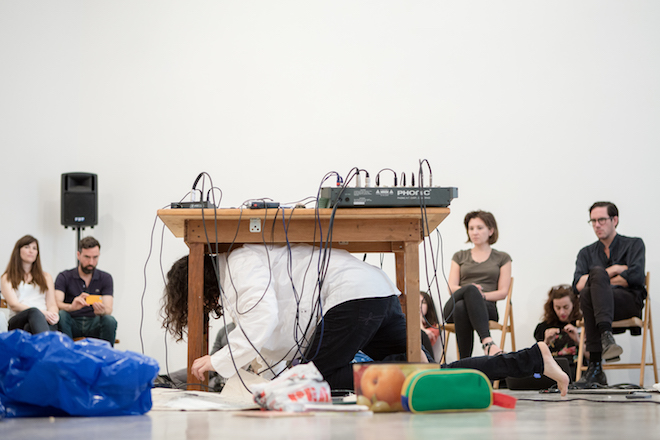
Dawn Kasper, ‘On Desire or the Method’, 2016
Tags: Feminism and art, Feminist art, feminist artists, Venice Biennale 2017

















![Lisa Reihana, in Pursuit of Venus [infected] 2015, HD video (detail), Auckland Art Gallery Toi o Tāmaki, gift of the Patrons of Auckland Art Gallery.](https://www.twinfactory.co.uk/wp-content/uploads/2017/05/In_Pursuit_of_Venus_3.jpg)


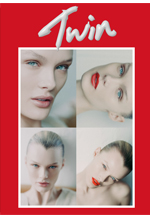
 Twitter
Twitter
 Tumblr
Tumblr
 YouTube
YouTube
 Facebook
Facebook
 Instagram
Instagram
